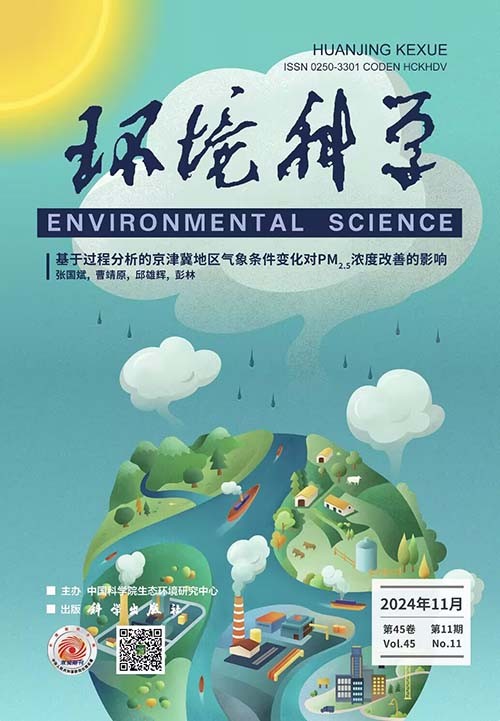[Optimal Detection of Vegetation Dynamics and Driving Forces in Southwest China Based on kNDVI Index].
Abstract
Southwest China, a key region for karst landforms in both the country and in Asia, is characterized by a relatively fragile ecological environment and significant ecological security challenges. Because the region is China's largest carbon sink, understanding its vegetation dynamics and their driving factors is crucial for effective management of vegetation resources, ecological construction, and protection. This study employed several analytical methods, including Theil-Sen median trend analysis, the Mann-Kendall significance test, the coefficient of variation method, and the Hurst index, to examine the spatiotemporal evolution of the vegetation kNDVI in southwest China from 2001 to 2020. Additionally, we utilized optimal parameter Geodetectors to address key issues related to spatial data discretization and spatial scale, exploring the driving forces of vegetation change across three distinct periods: 2001-2010, 2011-2020, and 2001-2020. The results indicate the following: ① From 2001 to 2020, there was a significant overall increasing trend in kNDVI in southwest China, with a growth rate of 0.002 2 per annum. The average kNDVI over these 20 years was 0.579, reflecting a relatively high level of vegetation health. The spatial distribution of kNDVI reveals significant regional differences, showing a pattern of "low in the northwest and high in the southeast." ② Over the past two decades, the status of vegetation growth in the southwest has improved markedly, with 74.7% of areas experiencing enhancements in kNDVI, significantly outnumbering those showing degradation. Stability analysis showed that areas with medium and low fluctuations represent the largest proportion of the total, accounting for 72.11%. Although vegetation changes remain generally stable, there is a serious risk of future degradation in the region. ③ Natural factors, including elevation, annual average temperature, and landform type, have consistently been the primary drivers of spatial differentiation in vegetation across different time periods. However, as urbanization has intensified, socioeconomic factors such as population density and GDP have become increasingly influential. Although the impact of accessibility factors is relatively low, their growth rate is notable. Furthermore, interactions among various factors exhibit a synergistic enhancement effect. This study provides a scientific basis for the management, construction, and protection of vegetation ecosystems and the ecological environment in southwest China.

 求助内容:
求助内容: 应助结果提醒方式:
应助结果提醒方式:


